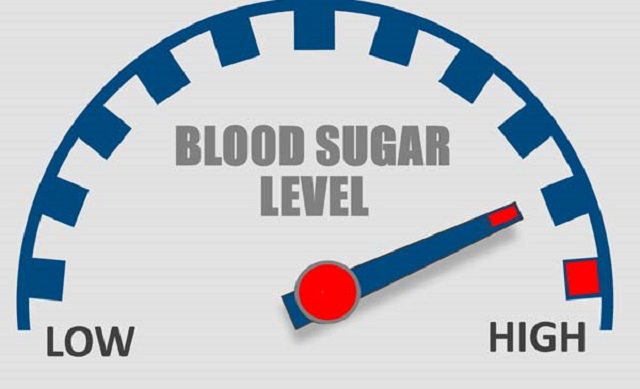Blood Sugar Levels Normal Range

Many people in search of better health ask questions about their blood sugar levels. They ask “What’s my normal blood sugar range?” and “How do I achieve normal blood sugar levels?”
The human body runs on a sugar called glucose. Pre-diabetics and diabetics need to know how to bring blood sugar or glucose close to normal levels. Sugar is the name given to sweet, water-soluble carbohydrates. A carbohydrate food is one that’s made of hydrogen, carbon, and oxygen.
What is the Normal Blood Sugar Range?
When we discuss blood sugar, we actually mean blood glucose. These terms are used interchangeably. In the United States, blood glucose is usually measured as milligrams of glucose/deciliter (mg/dL). A milligram is an extremely small measure: approximately 0.00018s of one teaspoon. A deciliter is just 3.33 ounces.
In the United Kingdom and Canada, blood sugar is measured in millimoles per liter (mmol/L):
- Convert British or Canadian blood sugar levels to U.S. numbers by multiplying by 18.
- For example, if a person has a fasting or resting blood glucose level of 7, multiply it by 18 to get the U.S. blood sugar level of 126 mg/dL.
A person’s normal blood sugar range varies each day:
- For a person with normal blood sugar levels (not diabetic), fasting blood sugar on waking is less than 100 mg/dL.
- Before eating a meal, his or her normal blood sugar levels range would be between 70 – 99 mg/dL.
- If he or she eats carbohydrates two hours after a meal (postprandial sugars), his or her normal blood sugar range is typically lower than 140 mg/dL.
According to the American Diabetes Association (ADA), it’s essential for people with diabetes to keep good control of their blood sugar levels:
- The diabetic’s blood sugar level before taking a meal should be between 80 – 130 mg/dL.
- One to two hours after a meal, his or her blood sugar level should be less than 180 mg/dL.
Doctors want their diabetic patients to shoot for blood sugar levels in close range of those without diabetes. Lower blood sugar is protective against many of the complications of diabetes, including heart disease, stroke, brain fog, eye disease, and cancer.
Long-Term Blood Sugar Levels
The hemoglobin A1C, also known as HbA1c or A1C, test measures the diabetic’s blood sugar levels over the previous two to three-month period:
- A1C is recorded as a percentage.
- A non-diabetic’s A1C test is typically less than 5.7 percent.
- The ADA recommends that diabetics maintain a 7.0 percent or less A1C.
Diabetics must carefully monitor their blood glucose levels. When blood sugar rises about the normal blood sugar range, it causes inflammation in the nerves and blood vessels. This is the root cause of diabetes complications.
Normal insulin function maintains the non-diabetic’s blood glucose and keeps his or her blood sugar levels range normal. Diabetics have a damaged insulin function. The diabetic must provide the body with support by reducing stress, eating right, using medicines, and exercising.
Low Blood Sugars
When blood glucose numbers fall below the normal blood sugar range, this is called low blood sugar or hypoglycemia. This can also present a potential problem for the pre-diabetic or diabetic individual:
- Meglitinide, sulfonylurea, or insulin can cause the patient’s blood sugar to go too low.
- Hypoglycemia can cause the patient to become dizzy, get confused, or faint.
Normal Blood Sugar Numbers
- A person without diabetes typically has a fasting or resting blood sugar range of 70 – 99 mg/dL. ADA officially recommends that diabetics aim for 80 – 130 mg/dL.
- Two hours after eating a meal, the non-diabetic’s blood sugar is typically less than 140 mg/dL. ADA officially recommends that diabetics aim for readings less than 180 mg/dL.
- A non-diabetic person’s A1C levels are less than 5.7 percent. ADA recommends that diabetics aim for 7 percent or lower A1C levels.